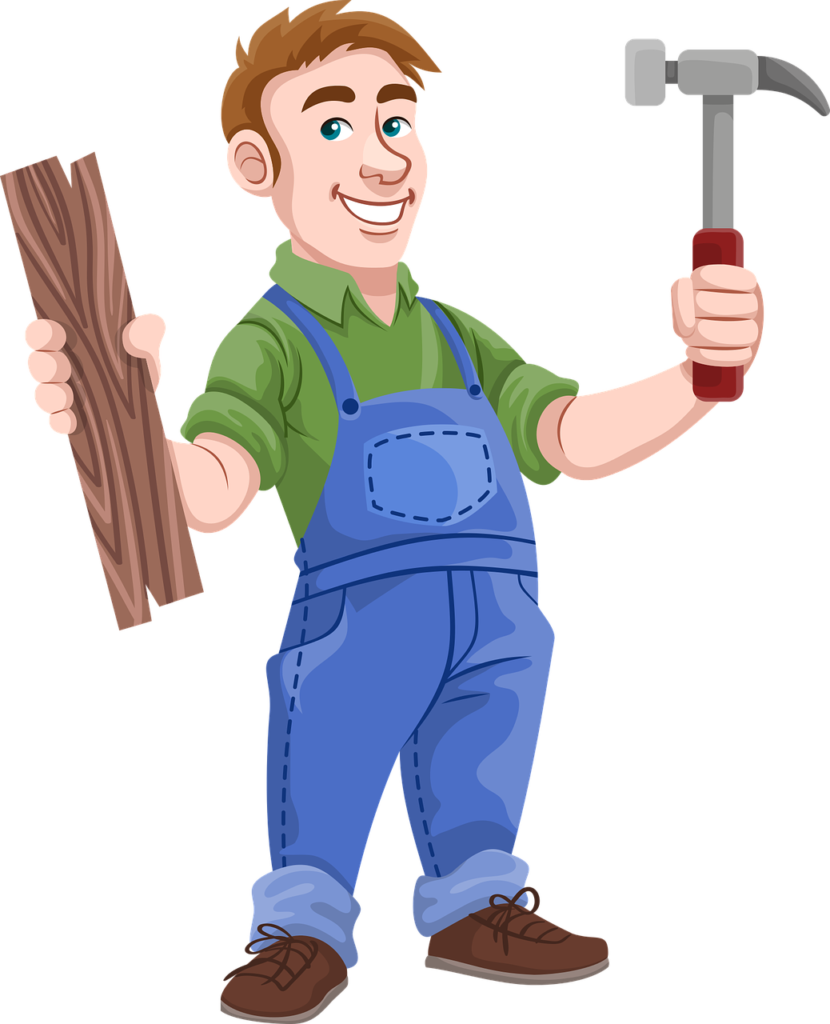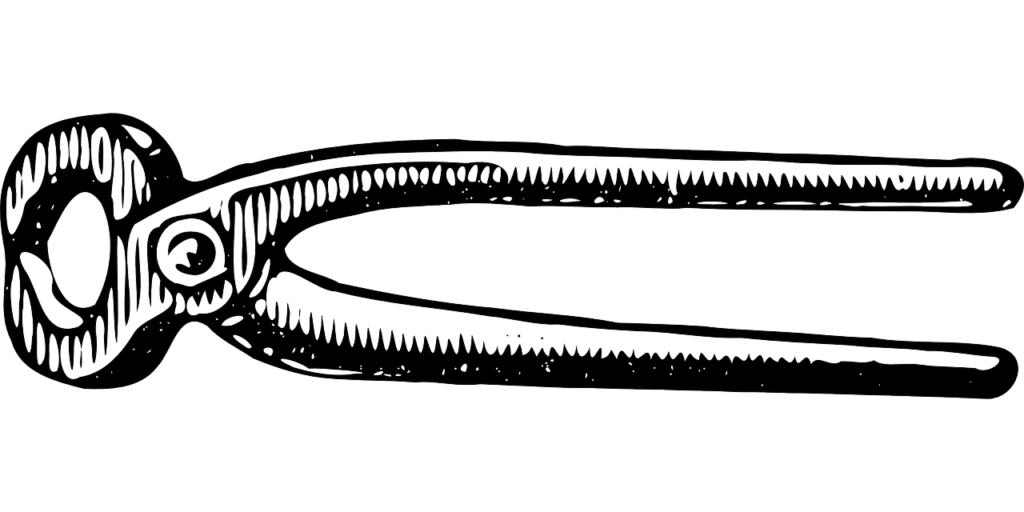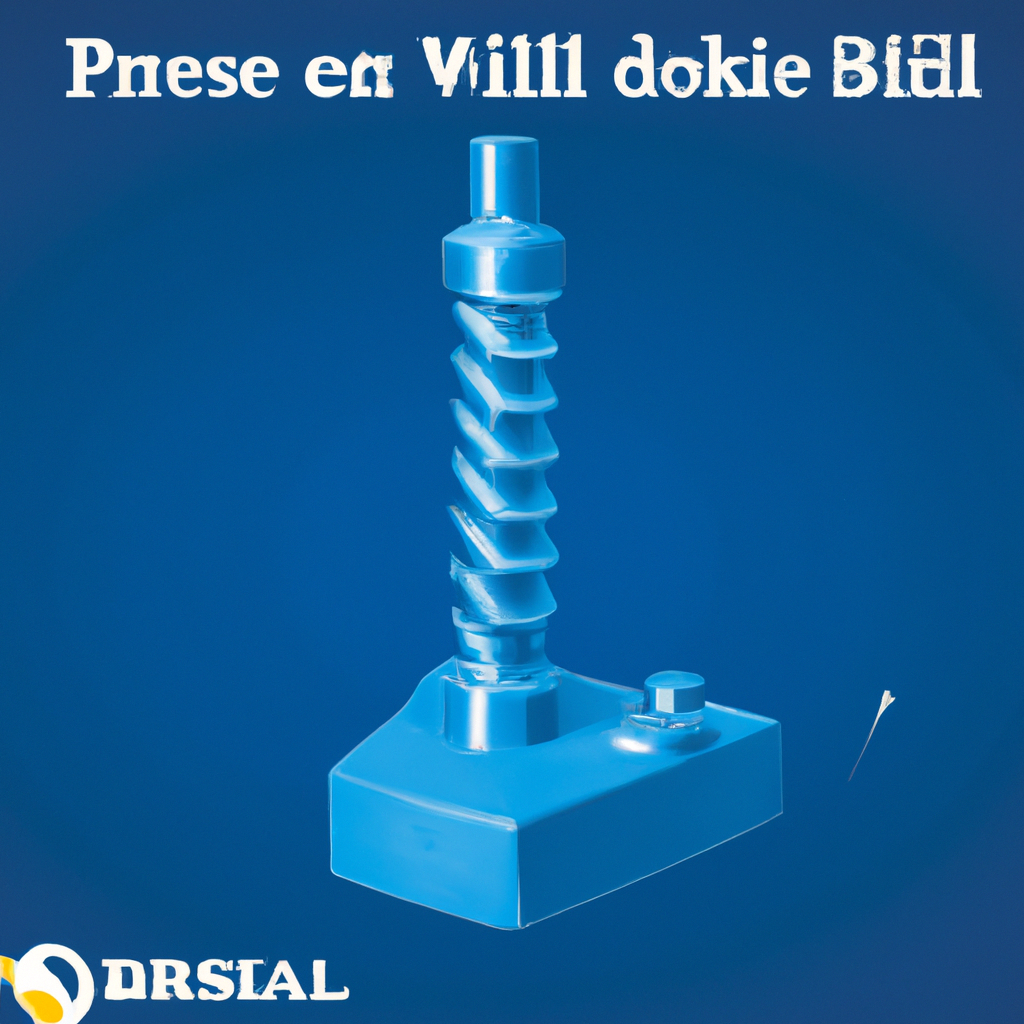Have you ever wondered if a drill press needs to be bolted to the floor? Well, fear not, because we are here to shed some light on this age-old question. Many DIY enthusiasts and professionals alike have debated the necessity of securing a drill press to the floor, and in this article, we will explore the reasons for and against this practice. By the end, you will have a clear understanding of whether or not you should consider bolting your drill press down for optimal stability and safety. So, let’s get started and find out if your drill press should be firmly anchored or left free-standing!
Does a drill press need to be bolted to the floor?

Benefits of bolting a drill press to the floor
Bolting a drill press to the floor offers several benefits. One of the primary advantages is increased stability. When a drill press is securely bolted to the floor, it minimizes any potential movement or vibrations that may occur during operation. This stability is crucial for achieving accurate and precise drilling results, especially when working with delicate materials or performing intricate tasks. By reducing the risk of movement, bolting the drill press to the floor ensures that the drill bit remains steady and allows you to focus on controlling the drilling process.
Another benefit of bolting a drill press to the floor is improved safety. The secure attachment to the floor provides added stability, preventing the drill press from tipping over or sliding during operation. This is particularly important when working with larger materials or conducting heavy-duty drilling tasks that require significant force. A stable drill press reduces the risk of accidents, potential injuries, and damage to both the workpiece and the equipment itself. Additionally, bolting the drill press to the floor reduces any potential strain on your body, as you do not have to exert as much effort to keep the drill press steady.
Factors to consider when deciding whether to bolt a drill press to the floor
Before deciding whether to bolt your drill press to the floor, it is essential to consider a few factors. One crucial aspect to think about is the type of work you will be performing. If you primarily work with small and lightweight materials or perform light-duty drilling tasks, bolting the drill press may not be necessary. However, if you frequently work with larger workpieces or engage in heavy-duty drilling, bolting the drill press becomes more beneficial for stability and safety.
Another factor to consider is the available space in your workshop or workspace. Bolting a drill press to the floor requires a dedicated area, as it becomes a permanent fixture. If you have limited space or often need to move your drill press for different projects, bolting it down might not be the most practical option. In such cases, it may be more suitable to explore alternative methods of stabilizing the drill press, which we will discuss further in the subsequent section.
Finally, it is important to evaluate your budget and resources. Bolting a drill press to the floor may require additional materials and tools, such as anchors, bolts, and a suitable flooring surface. If you have limited financial resources or are unable to make modifications to your workspace, other alternatives discussed later may be a more viable option.

Alternatives to bolting a drill press to the floor
If bolting your drill press to the floor is not feasible or desirable, there are alternative methods to enhance stability. One alternative is using a drill press stand or table. These stands are designed to provide stability and support for the drill press, allowing you to work with greater precision. They often feature adjustable height and angles, offering versatility for various drilling tasks. While not as sturdy as bolting to the floor, a quality drill press stand can significantly minimize movement and vibrations, providing a more stable drilling experience.
Another alternative is using a heavy-duty workbench or a dedicated work surface. A sturdy workbench made from robust materials can offer a stable foundation for your drill press. Ensure that the workbench is securely fastened to the ground or against a sturdy wall to prevent any wobbling or tipping during operation. Although this method may not provide the same level of stability as bolting to the floor, it can serve as a practical and reasonably stable solution, especially for lighter drilling tasks.
Safety considerations when using a drill press
Regardless of whether your drill press is bolted to the floor or stabilized using alternative methods, it is crucial to prioritize safety during operation. Always wear appropriate safety gear, including protective eyewear and gloves, to shield yourself from any potential flying debris or accidents. Before starting any drilling task, ensure that the workpiece is securely clamped down to prevent it from moving or spinning during drilling. This will help prevent any potential injuries or damage from the workpiece becoming loose or dislodged.
Additionally, regularly inspect and maintain your drill press to ensure it is in proper working condition. Check for any loose parts, worn-out components, or signs of damage that may impact the stability or functionality of the drill press. Lubricate moving parts as recommended by the manufacturer to ensure smooth and efficient operation. By keeping your drill press well-maintained, you can minimize the risk of accidents and maximize its lifespan.

Proper setup and maintenance for a drill press
Setting up and maintaining your drill press correctly is essential for both its stability and longevity. Start by carefully reading and understanding the manufacturer’s instructions and guidelines. These instructions typically include details on setting up the drill press, adjusting its components, and recommendations for maintenance.
When setting up your drill press, ensure that it is placed on a level surface. This will help prevent any unintended movements or instability during operation. Use a spirit level to check for any tilting or unevenness, and adjust the leveling screws if necessary. Additionally, make sure the drill press is positioned in an area with sufficient lighting and adequate clearance for the workpiece.
Regular maintenance is key to keeping your drill press in optimal condition. Refer to the manufacturer’s guidelines for recommended maintenance tasks, such as cleaning and lubrication. Pay particular attention to the chuck and spindle assembly, as well as the motor and belts, as these components directly affect the drill press’s performance and stability.
Tips for maximizing the stability of a drill press
Regardless of whether your drill press is bolted to the floor or stabilized using an alternative method, here are some tips to maximize its stability:
-
Use a drill press with a solid and sturdy base: Look for models that have a heavy-duty base made from durable materials, such as cast iron. This provides a solid foundation and reduces any potential wobbling or vibration during operation.
-
Securely mount the workpiece: Always ensure that the workpiece is securely clamped or held in place when drilling. This prevents any unwanted movement that could affect the stability of the drill press.
-
Use appropriate drill bits and cutting tools: Using the right drill bits or cutting tools for the specific material you are working with can reduce the strain on the drill press. This, in turn, helps maintain stability while achieving better drilling results.
-
Take time to select the correct drilling speed: Adjusting the speed of the drill press according to the material being drilled is crucial. This helps prevent the drill bit from getting caught or causing excessive vibrations, thereby improving stability during drilling.

Common misconceptions about bolting a drill press to the floor
There are a few common misconceptions surrounding the practice of bolting a drill press to the floor. One misconception is that bolting the drill press is only necessary for heavy-duty industrial use. While it is true that bolting the drill press provides immense stability for heavy-duty tasks, even hobbyists and DIY enthusiasts can benefit from this practice. Bolting the drill press to the floor ensures accuracy and precision, regardless of the scale or complexity of the drilling projects you undertake.
Another misconception is that bolting a drill press limits its versatility and mobility. While bolting the drill press does secure it in a fixed position, there are still many ways to adjust and maneuver the workpieces to accommodate various drilling angles and positions. Additionally, certain drill press models offer features like tilting tables and adjustable heights, providing further versatility even when the drill press is bolted down.
Pros and cons of bolting a drill press to the floor
Like any decision, there are pros and cons to bolting a drill press to the floor. Let’s take a look at them:
Pros:
-
Enhanced stability: Bolting the drill press to the floor minimizes movement and vibrations, ensuring accurate and precise drilling results.
-
Improved safety: A securely bolted drill press reduces the risk of tipping or sliding, preventing accidents and injuries during operation.
-
Suitable for heavy-duty tasks: Bolting the drill press is particularly beneficial for heavy-duty drilling tasks that require significant force and stability.
Cons:
-
Limited mobility: Bolting the drill press to the floor restricts its mobility, making it unsuitable for situations where frequent movement or relocation is required.
-
Permanent fixture: Bolting the drill press creates a permanent installation, which may not be suitable if you have limited space or frequently rearrange your workspace.
-
Additional cost: Bolting a drill press to the floor may entail additional expenses for materials and tools required for installation.

Examples of when bolting a drill press to the floor is necessary
While the decision to bolt a drill press to the floor depends on individual preferences and requirements, there are some instances where it is often necessary:
-
Professional workshops: In workshops where precision and stability are crucial, such as woodworking or metalworking shops, bolting a drill press is commonly practiced to ensure accuracy and safety.
-
Industrial applications: Industries that involve heavy-duty drilling, such as manufacturing or construction, often require a high level of stability. Bolting the drill press to the floor is essential for handling these demanding tasks.
-
Long-term projects: If you have a long-term project where you anticipate frequent use of the drill press, bolting it to the floor provides consistent stability and eliminates the need for repeated setup.
Conclusion
In conclusion, while bolting a drill press to the floor is not always necessary, it offers significant benefits in terms of stability and safety. Factors such as the type of work, available space, and budget should be considered when deciding whether to bolt the drill press or explore alternative methods of stabilization. Regardless of your choice, prioritizing safety, proper setup, and regular maintenance contribute to a productive and secure drilling experience. Remember, a stable drill press leads to accurate results and helps you accomplish your drilling tasks with confidence.

